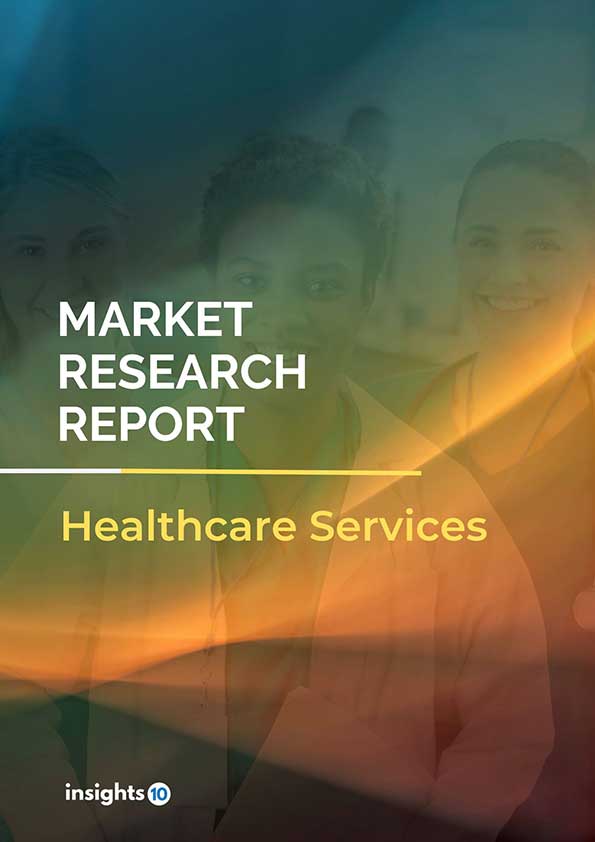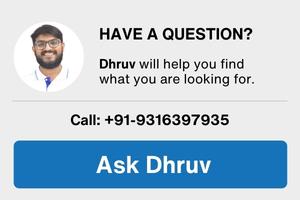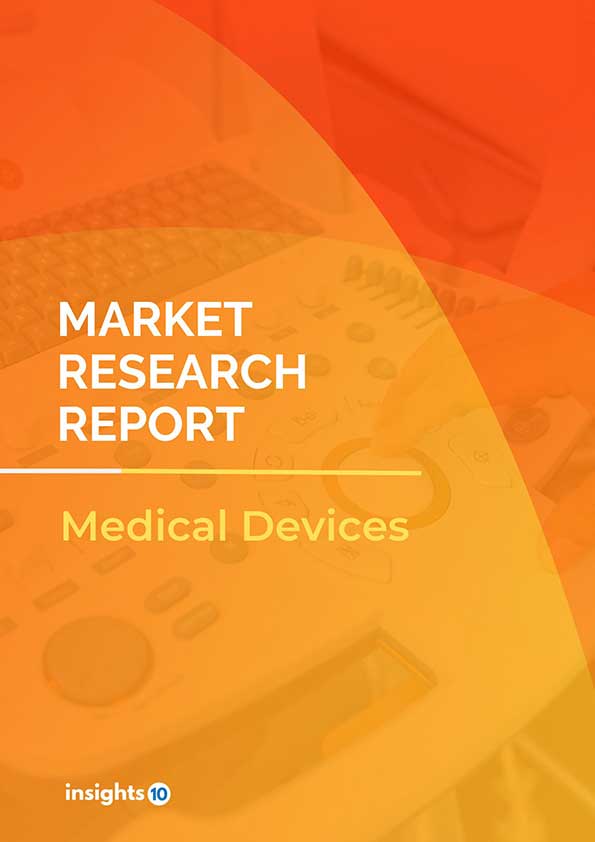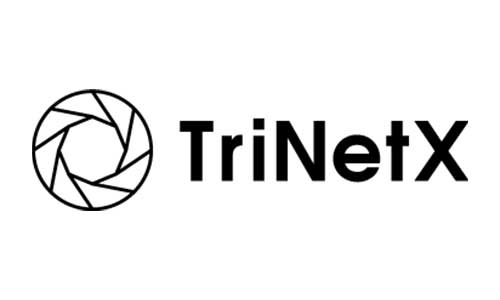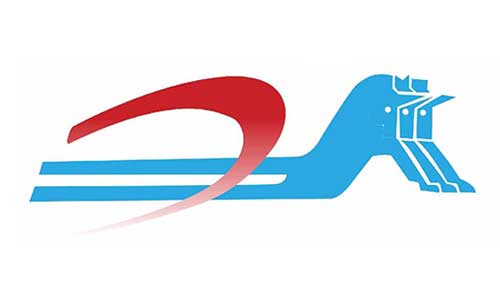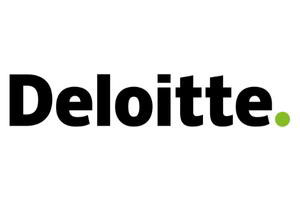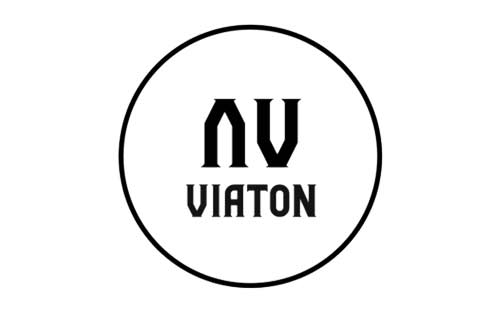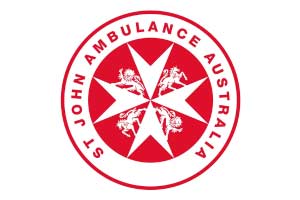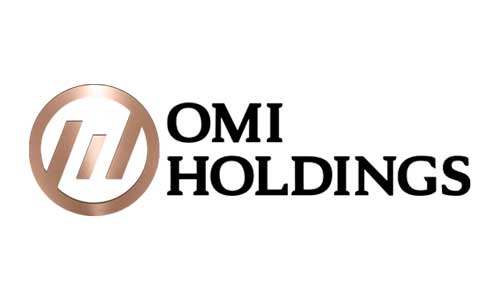Morocco Dental Care Market Analysis
Morocco's Dental Care Market size is at around $563.2 Mn in 2022 and is projected to reach $741.6 Mn in 2030, exhibiting a CAGR of 3.5% during the forecast period. With dental tourism becoming increasingly popular in Morocco, the country offers high-quality dental care at more affordable prices than many other countries. Key Players like DentalArt, Dentalia, and Smile Concept are dental service influencers. This report is segmented by treatment type, age group, clinical setup, and by demography.
Buy Now

Morocco Dental Care Market Executive Summary
Morocco's economy is considered to be a developing economy, with a mix of modern and traditional industries. Agriculture is a major sector of the economy, accounting for around 15% of GDP and employing around 40% of the labor force. Morocco is also a major exporter of phosphates, which are used in fertilizers, and it is the world's largest exporter of canned sardines. In recent years, Morocco has been working to diversify its economy and reduce its dependence on agriculture and phosphates. The Moroccan government has been promoting the development of new industries, such as automotive, aerospace, and renewable energy, as well as encouraging foreign investment.
Tourism is also an important sector of the economy, with millions of tourists visiting Morocco each year. The service sector, including financial services and telecommunications, has also been growing in recent years. Morocco has a relatively stable economy, with low inflation and a relatively low budget deficit. The country has a well-developed infrastructure, including ports, airports, and roads, which help to support economic growth. However, Morocco still faces some challenges, such as high unemployment, particularly among young people, and a large trade deficit.
The healthcare industry in Morocco is a growing sector that is full of opportunities for future investment. The government remains the primary healthcare provider since 70% of the population goes to public hospitals. There are five University Hospital Centers in Rabat, Casablanca, Fez, Oujda, and Marrakech, and six military hospitals in Agadir, Meknes, Marrakech, and Rabat. In addition, there are 148 hospitals in the public sector, with six new health centers under construction; and another 28 currently being rehabilitated and equipped, for a total of $65.1 Mn in investment. The private sector healthcare market is growing rapidly with more than 356 private clinics and 7,518 physician specialists in Morocco.
Public hospitals represent 85% of the demand and private clinics 15%. The Moroccan government’s plan to build five CHU by 2018 has been delayed, with only construction in Tangier recently inaugurated. The project continues to create opportunities for U.S. companies to partner with Moroccan companies and export medical equipment. Morocco is also planning to develop emergency and mobile hospital units, which could be a good opportunity for U.S. firms. While there is domestic competition, disposables are good prospects for U.S. firms. Other best prospects include; specialty medical devices, magnetic resonance imaging and ultra-sonic scanning equipment, x-ray equipment, emergency aid equipment, monitoring and electro-diagnostic equipment, computerized tomography equipment, and ICT (E-medicine, equipment, and related software).
In May 2018, the government of Morocco approved the “2025 National Healthcare Plan” with a budget of $ 2.4 billion. The plan will follow a roadmap centered on improving the health sector in six stages: quality of services, equal access to these services, solidarity and interdependence, continuity and proximity, performance and efficiency, then responsibility and accountability. The government spends around 5% of the gross domestic product (GDP) on the healthcare sector; the budget allocated to the healthcare sector this year is $1.47 Bn. This budget is expected to reach MAD $16.33 Bn in the near future. The healthcare system is comprised of AMO (Mandatory Health Insurance), which is divided into “La CNSS” (private) which reimburses up to 70%, and “La CNOPS” (public), which reimburses up to 80%. Additionally, Le Régime d’assistance médicale (RAMED) is a healthcare system based on the principle of social assistance and national solidarity in favor of low-income individuals. There is also a separate healthcare system that is solely dedicated to the military.
Morocco has both public hospitals and private clinics. Expats generally avoid public hospitals, as the wait times are very long, and the care is usually of worse quality than in private clinics. Private clinics are less affordable, but the service is better. You can also visit a doctor's office, for cases that are not very bad. You will find doctors in general medicine and specialized, who don't charge much for consultation and treatments (compared to clinics). Every major city in Morocco has at least one public hospital, with university hospitals in some. There are also provincial and sometimes prefectural hospitals, as well as infirmaries.
Market Dynamics
Market Growth Drivers
Dental tourism is becoming increasingly popular in Morocco, as the country offers high-quality dental care at more affordable prices than many other countries. Many dental clinics in Morocco are equipped with modern technology and staffed by experienced dentists who are trained to international standards. Tourists may choose to visit Morocco for a variety of dental treatments, such as teeth whitening, veneers, crowns, bridges, and implants, as well as general dentistry services like cleaning and fillings. The cost of these services is often lower in Morocco than in other countries, making it an attractive option for many tourists. As the population of Morocco continues to grow, there is likely to be an increase in demand for dental services. The Moroccan government may provide financial incentives or other forms of support to help dental clinics grow and expand. The economy of Morocco continues to grow, more people may be able to afford dental services, which can help clinics increase their revenue. The adopted policy of decentralization of health services has increased investment in health over the past 10 years, with per capita health spending increasing from $54 to $181 and total health expenditure as a share of GDP increasing from 4.1% to 6.2%, during the same period. Increased budget medications during the last 10 years ($30 Mn to $250 Mn). New regulation on medicine pricing by benchmarking with other countries has resulted in cost-effective and value-based pricing for pharmaceuticals.
Market Restraints
The main languages spoken in Morocco are French and Moroccan Arabic, which presents a challenge for English-speaking companies. Another potential problem for U.S. firms is that Morocco is seen as a relatively small market for medical equipment, and there are many regulations that can hinder trade. Also, some customs procedures are not uniformly applied. Bribery, corruption, and requests for payoffs are an issue that U.S. investors may be confronted with (when foreign bribery prevents them from competing fairly based on price, quality, or service). In addition to these barriers, Morocco has tariffs placed on some medical equipment imports that could raise prices for dental equipment and overall costs. Free of custom duties if the product is 100% made in the country of importation. 10% of customs duties are applied if the products are manufactured in Morocco in order to protect the Moroccan industry. Morocco is suffering from a lack of skilled healthcare professionals in both sectors of its healthcare system. In 2017, there was an average of 7.9 health workers per 10,000 people in 12 regions, according to the Moroccan Ministry of Health. And a total of 4500 dentists for the whole population. Coinciding with cost barriers and limited healthcare personnel, many Morocco citizens lack access to healthcare outside of urban centers. Rural and remote areas of Morocco are often underserved, and citizens have to travel long distances to receive primary care. To attract and retain healthcare workers in these underserved areas.
Competitive Landscape
Key Players
- Dental Art
- Dentalia
- Smile Concept
- Clinique Dentaire Internationale (CDI)
- Dentalclinic
Healthcare Policies and Regulatory Landscape
Dentists (Conseil National des Chirurgiens-Dentistes or CNCD). The CNCD is responsible for overseeing the professional conduct of dentists and dental hygienists in Morocco, and also maintains a register of licensed dental practitioners in the country. The CNCD is in charge of the regulation of the dental profession in Morocco, it issues and renews the dental practitioner's license, sets the standards for the education and practice of dentistry, ensures the quality of the care provided to the patients, and also ensures that dental professionals meet the continuing education requirements. The CNCD works closely with the Moroccan Ministry of Health to ensure that dental care in Morocco is of high quality and meets international standards. They also collaborate with dental schools and universities to ensure that the education provided to future dentists is of high quality.
Reimbursement Scenario
Although the health system is accessible to expats, insurance is provided mainly by employers. Most companies pay for their employees to receive health benefits, many of which opt for the AMO (mandatory health insurance) which, many complain, comes with bad service. Some more complex treatments may be challenging to access in the country. Receiving compensation for medical care can also require multiple visits to the insurance agency. Consider subscribing to health insurance in your country before starting your expatriation project. The AMO is usually covered by social security, and there is also the RAMED, a health insurance program designed to support those in dire financial difficulty. You can also opt for a personal health insurance policy (not through your employer) at one of the many private insurance companies, but expect to pay a monthly fee. Some of the leading health insurance providers are - Allianz Care, April MTC, April MHI, and Cigna Global. The CNSS (Caisse Nationale de la Securite Sociale, or National Social Security Fund) runs the AMO (Assurance Maladie Obligatoire, compulsory health insurance) for private sector employees and pensioners. This system, which came into force on August 18th, 2005, was introduced in 2002 by Law No. 65.00, which establishes the Medical Coverage Code. Membership is mandatory for private companies and for all employees.
The AMO guarantees the reimbursement of part of the care costs, with the other part being borne by the insured. The current care basket covers the following services - Preventive and curative care related to the priority program of the State, Care related to pregnancy and childbirth, Care related to medical and surgical hospitalization, Medicines within the list of reimbursable medicines, Blood derivatives, Medical devices and implants required for different medical procedures, Medical prosthetic or orthotic appliances accepted for reimbursement, Medical spectacle according to the frequency defined by regulation (Law-65-00-AMO), Oral care, Facial orthodontics for children. The reimbursement rate is set at 70% and can be 90% for serious and debilitating diseases requiring long-term or particularly expensive care when the related services are provided in public institutions. The reimbursement of the dental prosthesis is made up to a ceiling of 3000 MAD every 2 years. In parallel, private insurance companies have different offers that vary from one company to another and from one client to another. Unfortunately, nearly 80% of employed workers do not benefit from any medical coverage, according to the new survey of the Office of the High Commission for Planning (HCP). This is 8.29 million employed persons (77.5%) at the national level. This population is predominantly established in the countryside (4.44 million people), while 3.84 million workers in cities are concerned by this problem. In addition, at the national level, more than half of employees (58.1%) are without medical coverage. Rural areas are more affected in terms of proportion (77.6%). In the urban environment, more than half of the workers are concerned (51%). The fees for dental treatments should be set out under the conditions described in the "fees and reimbursements" chapter of the Procedures by Doctors. However, special rules apply with regard to prosthetics and dentofacial orthopaedics. Reimbursements are made based on so-called "responsibility" tariffs. Full cover with exemption from patient contribution is, in principle, limited to orthodontics treatments started before the age of 16. However, the tariffs for these treatments are unregulated and their actual cost is often greater than the level of reimbursement.
1. Executive Summary
1.1 Service Overview
1.2 Global Scenario
1.3 Country Overview
1.4 Healthcare Scenario in Country
1.5 Healthcare Services Market in Country
1.6 Recent Developments in the Country
2. Market Size and Forecasting
2.1 Market Size (With Excel and Methodology)
2.2 Market Segmentation (Check all Segments in Segmentation Section)
3. Market Dynamics
3.1 Market Drivers
3.2 Market Restraints
4. Competitive Landscape
4.1 Major Market Share
4.2 Key Company Profile (Check all Companies in the Summary Section)
4.2.1 Company
4.2.1.1 Overview
4.2.1.2 Product Applications and Services
4.2.1.3 Recent Developments
4.2.1.4 Partnerships Ecosystem
4.2.1.5 Financials (Based on Availability)
5. Reimbursement Scenario
5.1 Reimbursement Regulation
5.2 Reimbursement Process for Services
5.3 Reimbursement Process for Treatment
6. Methodology and Scope
Morocco Dental Care Market Segmentation
By Product (Revenue, USD Billion):
In terms of product category, the toothbrush had the highest revenue share (26% in 2020). The rising incidence of cavities, sensitivity, and gingivitis has increased toothpaste usage significantly in both emerging and wealthy countries. As a result, toothpaste is now an essential part of good dental health. In the oral care sector, toothpaste thus commands the biggest market share.
- Toothbrush
- Toothpaste
- Mouthwash
- Dental Floss
- Denture Care
By Age Group (Revenue, USD Billion):
Adults lead the oral care market over the projection period based on age group. The overall expansion of the oral care industry is being driven by adults' increasing consumer knowledge of mouth cleanliness and care. Adult oral care products come in a variety on the market.
- Children
- Adults
- Geriatric
By Sales Channel (Revenue, USD Billion):
The specialty stores dominate the oral care market over the projection period based on the sales channel. Specialty shops carry a broad selection of goods. The employees of specialty businesses provide customers with precise product information. With the aid of specialty shops, customers can also find all types of dental care items under one roof.
- Hypermarkets/Supermarkets
- Specialty Stores
- Drug Stores &Pharmacies
- Convenience Stores
- Online Sales Channel
Methodology for Database Creation
Our database offers a comprehensive list of healthcare centers, meticulously curated to provide detailed information on a wide range of specialties and services. It includes top-tier hospitals, clinics, and diagnostic facilities across 30 countries and 24 specialties, ensuring users can find the healthcare services they need.
Additionally, we provide a comprehensive list of Key Opinion Leaders (KOLs) based on your requirements. Our curated list captures various crucial aspects of the KOLs, offering more than just general information. Whether you're looking to boost brand awareness, drive engagement, or launch a new product, our extensive list of KOLs ensures you have the right experts by your side. Covering 30 countries and 36 specialties, our database guarantees access to the best KOLs in the healthcare industry, supporting strategic decisions and enhancing your initiatives.
How Do We Get It?
Our database is created and maintained through a combination of secondary and primary research methodologies.
1. Secondary Research
With many years of experience in the healthcare field, we have our own rich proprietary data from various past projects. This historical data serves as the foundation for our database. Our continuous process of gathering data involves:
- Analyzing historical proprietary data collected from multiple projects.
- Regularly updating our existing data sets with new findings and trends.
- Ensuring data consistency and accuracy through rigorous validation processes.
With extensive experience in the field, we have developed a proprietary GenAI-based technology that is uniquely tailored to our organization. This advanced technology enables us to scan a wide array of relevant information sources across the internet. Our data-gathering process includes:
- Searching through academic conferences, published research, citations, and social media platforms
- Collecting and compiling diverse data to build a comprehensive and detailed database
- Continuously updating our database with new information to ensure its relevance and accuracy
2. Primary Research
To complement and validate our secondary data, we engage in primary research through local tie-ups and partnerships. This process involves:
- Collaborating with local healthcare providers, hospitals, and clinics to gather real-time data.
- Conducting surveys, interviews, and field studies to collect fresh data directly from the source.
- Continuously refreshing our database to ensure that the information remains current and reliable.
- Validating secondary data through cross-referencing with primary data to ensure accuracy and relevance.
Combining Secondary and Primary Research
By integrating both secondary and primary research methodologies, we ensure that our database is comprehensive, accurate, and up-to-date. The combined process involves:
- Merging historical data from secondary research with real-time data from primary research.
- Conducting thorough data validation and cleansing to remove inconsistencies and errors.
- Organizing data into a structured format that is easily accessible and usable for various applications.
- Continuously monitoring and updating the database to reflect the latest developments and trends in the healthcare field.
Through this meticulous process, we create a final database tailored to each region and domain within the healthcare industry. This approach ensures that our clients receive reliable and relevant data, empowering them to make informed decisions and drive innovation in their respective fields.
To request a free sample copy of this report, please complete the form below.
We value your inquiry and offer free customization with every report to fulfil your exact research needs.
